Home>Garden Essentials>How Long Does A Maple Plant Take To Germinate
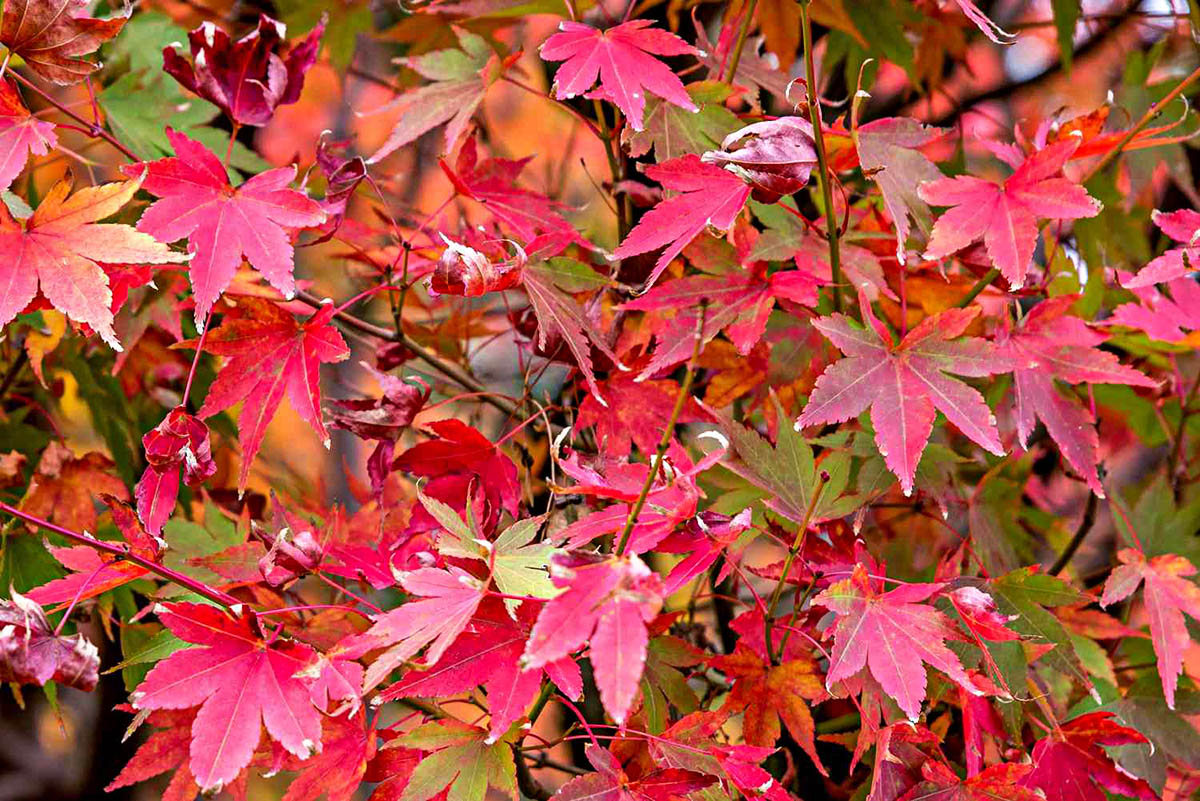

Garden Essentials
How Long Does A Maple Plant Take To Germinate
Modified: March 16, 2024
Discover how long it takes for a maple plant to germinate in your garden. Get expert tips on starting your own maple garden and enjoy the beauty of these majestic trees.
(Many of the links in this article redirect to a specific reviewed product. Your purchase of these products through affiliate links helps to generate commission for Storables.com, at no extra cost. Learn more)
Introduction
Welcome to the world of gardening and the fascinating process of seed germination. If you’re a gardening enthusiast, you may have wondered about the length of time it takes for a maple plant to germinate. Maple trees are revered for their majestic beauty and vibrant colors, making them a popular choice for home gardens, parks, and landscapes. Understanding the germination process and the factors that influence it can help you successfully grow your very own maple trees.
Germination is the first step in a plant’s life cycle, where a seed transforms into a young seedling. During this process, the seed absorbs water, swells, and eventually breaks open to allow the embryonic plant to emerge. While some seeds germinate quickly, others require specific environmental conditions and a longer period to sprout.
Maple seeds, also known as samaras or helicopters due to their unique wing-like structure, have their own set of requirements for germination. Factors such as seed preparation, stratification, environmental conditions, and maple species can all influence the germination time of maple seeds. By understanding these factors, you can increase your chances of success and enjoy the remarkable beauty of maple trees in your garden.
Key Takeaways:
- Maple seeds require specific conditions like moisture, temperature, and light for germination. Understanding these factors can help you grow healthy maple trees in your garden.
- Different maple species have varying germination times, ranging from 1 to 8 weeks. Proper seed preparation, environmental conditions, and patience are key to successful germination.
Read more: How Long Does It Take A Plant To Germinate
Factors Affecting Maple Seed Germination
Several factors can impact the germination of maple seeds. Understanding these factors is crucial for successfully germinating maple seeds and ensuring their healthy growth. Let’s explore the main factors that influence the germination process:
- Seed Viability: The viability of maple seeds is an important factor in germination. Seeds that are fresh and of good quality have a higher chance of successful germination compared to older or damaged seeds. It is best to collect seeds directly from a healthy and mature maple tree.
- Moisture: Adequate moisture is essential for seed germination. During the germination process, seeds absorb water, which triggers the activation of enzymes necessary for growth. However, excessive moisture can lead to rot or fungal diseases, so it is essential to maintain a balanced moisture level.
- Temperature: Temperature plays a crucial role in seed germination. Most maple species prefer a cool to moderate temperature range of 50 to 70°F (10 to 21°C) for optimal germination. However, different maple species may have specific temperature requirements, and some may even require a period of cold stratification.
- Light: Light requirements for germination vary among different maple species. While some species require light to germinate, others may need darkness. It’s important to research the specific light requirements of the maple species you are working with.
- Soil Composition: The composition and quality of the soil can greatly affect the germination and subsequent growth of maple seeds. A well-draining soil with good fertility and organic matter content is ideal. It is also important to ensure that the soil pH is suitable for maple trees, generally within the slightly acidic to neutral range.
- Competition and Overcrowding: When sowing maple seeds, it’s important to consider the spacing between seeds to prevent overcrowding. Overcrowding can lead to unhealthy competition for resources, such as light, water, and nutrients, leading to poor germination and stunted growth.
- Predators and Disease: Maple seeds can be susceptible to predation by animals and damage from diseases. Various animals, including squirrels and birds, may feed on the seeds. Additionally, fungal diseases can infect the seeds and hinder germination. Implementing proper seed protection measures can help minimize these risks.
By taking into account these factors and providing the necessary conditions and care, you can greatly improve the chances of successful maple seed germination. Let’s now explore the germination time for different maple species.
Germination Time for Different Maple Species
The germination time for maple seeds can vary depending on the species. While some maple seeds germinate relatively quickly, others may require a longer period of time. Here are some commonly found maple species and their approximate germination times:
- Sugar Maple (Acer saccharum): Sugar maple seeds typically have a relatively long germination period, ranging from 2 to 4 weeks. These seeds generally require a period of cold stratification, where they are exposed to cold temperatures for several weeks before being sown.
- Red Maple (Acer rubrum): Red maple seeds have a shorter germination period compared to sugar maple, usually taking around 1 to 2 weeks. These seeds do not require cold stratification and can germinate in a variety of environmental conditions.
- Silver Maple (Acer saccharinum): Silver maple seeds have a moderate germination period, typically taking 2 to 3 weeks. They do not require cold stratification and can adapt to various soil conditions.
- Japanese Maple (Acer palmatum): Japanese maple seeds can have a variable germination period, ranging from 2 to 8 weeks. These seeds are known to have a complex germination process and may benefit from scarification, which involves nicking or roughening the seed coat to aid in water absorption.
- Norway Maple (Acer platanoides): Norway maple seeds typically have a germination period of 1 to 2 weeks. These seeds do not require cold stratification and can germinate in a wide range of environmental conditions.
It’s important to note that these germination times are general estimates and may vary based on specific environmental conditions and seed quality. Additionally, some maple species may have specific requirements, such as scarification or stratification, for successful germination. Consulting species-specific resources or guides can provide more accurate information tailored to the specific maple species you are working with.
Now that you’re aware of the germination times for different maple species, let’s explore the necessary preparations and environmental conditions for maple seed germination.
Seed Preparation and Stratification
Proper seed preparation is essential for enhancing the germination success of maple seeds. Here are some steps you can take to prepare the seeds before sowing:
- Seed Collection: Collecting fresh maple seeds directly from mature trees is ideal. Look for seeds that are fully developed and free from any signs of damage or disease.
- Seed Cleaning: Before preparing the seeds, remove any debris or impurities by gently cleaning them with water. This helps ensure that you’re working with clean and healthy seeds.
- Scarification: Some maple seeds, such as Japanese maple seeds, may benefit from scarification. To scarify the seeds, use a small file or sandpaper to lightly scratch or scrape the seed coat. This process helps water penetrate the seed coat and speed up germination.
- Stratification: Stratification is a process that simulates the natural conditions required for germination, particularly in species that require a period of cold dormancy. Place the prepared seeds in a damp paper towel or in a sealed plastic bag with some moistened peat moss or vermiculite. Then, refrigerate the seeds for several weeks to mimic winter conditions. This cold stratification helps break dormancy and prompts the seeds to germinate once they are exposed to warmth and moisture.
It’s important to note that not all maple species require scarification or stratification. Each species has its own unique germination requirements, and it’s essential to research and understand the specific needs of the maple species you’re working with.
Now that the seeds are prepared, let’s explore the environmental conditions necessary for successful maple seed germination.
Maple plants typically take 2-4 weeks to germinate. Keep the soil consistently moist and provide indirect sunlight for best results.
Environmental Conditions for Maple Seed Germination
Creating the right environmental conditions is crucial for the successful germination of maple seeds. By providing the following optimal conditions, you can improve the chances of germination and the healthy growth of maple seedlings:
- Temperature: Most maple species prefer a cool to moderate temperature range for germination, typically between 50 to 70°F (10 to 21°C). However, it’s important to note that different maple species may have specific temperature requirements. Researching the specific temperature preferences of the maple species you’re working with will help you provide the ideal conditions.
- Moisture: Adequate moisture is essential for seed germination. Keep the soil consistently moist, but not waterlogged, to provide the necessary moisture for the seeds to absorb. Be cautious not to overwater, as excessive moisture can lead to rot or fungal diseases. Using a well-draining soil mix can help maintain the appropriate moisture level.
- Light: Light requirements for maple seed germination vary among different species. Some maple species require light for germination, while others need darkness. Research the specific light requirements of the maple species you’re working with and provide the appropriate lighting conditions accordingly.
- Soil Composition: Maple seeds thrive in a well-draining soil mix that is rich in organic matter. Ensure the soil is loose and friable to allow the developing roots to spread and access nutrients. Incorporating compost or well-rotted organic matter into the soil before sowing the seeds can improve its fertility and overall quality.
- Air Circulation: Good air circulation is essential for preventing fungal diseases and promoting healthy growth. Avoid overcrowding the seeds and provide adequate spacing between them to allow for proper air circulation. This will also prevent competition among the seedlings for resources.
By creating an environment that meets the specific needs of the maple species you’re working with, you can greatly enhance the chances of successful germination and healthy growth of maple seedlings. Now, let’s explore some tips to ensure a successful maple seed germination process.
Read more: How Long Does It Take Turnips To Germinate
Tips for Successful Maple Seed Germination
Germinating maple seeds can be a rewarding and fulfilling experience. To increase your chances of success, here are some helpful tips to guide you through the germination process:
- Choose High-Quality Seeds: Select fresh, healthy seeds from mature maple trees. Avoid using damaged or diseased seeds, as they may have lower germination rates.
- Follow Seed Preparation Techniques: Prepare the maple seeds appropriately, including cleaning them and scarifying them if necessary. Some seeds may also require a period of cold stratification to break dormancy.
- Provide Suitable Environmental Conditions: Ensure the seeds are exposed to the right temperature, moisture, light, and soil conditions. Research the specific requirements of the maple species you’re working with and create an environment that meets those needs.
- Monitor Moisture Levels: Keep the soil consistently moist but not waterlogged during the germination process. Regularly check the moisture levels and adjust the watering accordingly to prevent overwatering or drying out.
- Implement Proper Spacing: When sowing the seeds, provide adequate spacing between them to avoid overcrowding. This allows each seedling to have enough space, nutrients, and sunlight for healthy growth.
- Protect Seeds from Predators: Take measures to protect the seeds from animals and birds that may try to feed on them. Consider using nets or wire mesh to cover and shield the seeds until they germinate.
- Monitor and Maintain Weed Control: Regularly inspect the germination area for any weed growth. Weeds can compete with the maple seedlings for nutrients and resources, so removing them promptly will help ensure the success of the seedlings.
- Be Patient: Remember that germination can take time, and it’s important to be patient. Some maple species may take longer to germinate than others. Avoid the temptation to interfere or give up prematurely. Maintain the proper conditions and give the seeds the time they need to sprout.
By following these tips, you can increase the chances of successful maple seed germination and enjoy the satisfaction of growing your very own maple trees. Good luck with your maple seed germination journey!
If you follow these tips and provide the right conditions, your maple seeds should soon sprout and develop into healthy seedlings. The beauty of maple trees awaits you in your garden or landscape. Happy gardening!
Conclusion
Congratulations! You have now gained valuable insights into the germination process of maple seeds and the factors that influence their growth. By understanding the factors affecting germination, preparing the seeds appropriately, and providing the optimal environmental conditions, you can greatly increase your chances of successful maple seed germination.
Remember that each maple species may have specific requirements, so it’s important to research and understand the needs of the particular species you’re working with. Whether you’re growing sugar maple, red maple, Japanese maple, or any other maple species, proper preparation and care will go a long way in promoting healthy growth.
Throughout the germination process, be patient and attentive. Monitor the moisture levels, provide sufficient spacing, protect the seeds from predators, and maintain weed control. By following these tips and techniques, you can create an ideal environment for maple seed germination and give your seedlings the best start.
As your maple seeds sprout and develop into seedlings, continue to provide them with the care and attention they need – from regular watering to suitable fertilization – to ensure their healthy growth. Over time, you will witness the majestic beauty of maple trees gracing your garden or landscape, adding vibrant colors and enhancing the natural beauty around you.
Remember that gardening is a journey, and each step along the way brings you closer to creating your own green oasis. Enjoy the process, embrace the challenges, and relish in the rewards of watching your maple seeds transform into thriving trees.
Happy gardening and may your maple seeds germinate successfully!
Frequently Asked Questions about How Long Does A Maple Plant Take To Germinate
Was this page helpful?
At Storables.com, we guarantee accurate and reliable information. Our content, validated by Expert Board Contributors, is crafted following stringent Editorial Policies. We're committed to providing you with well-researched, expert-backed insights for all your informational needs.






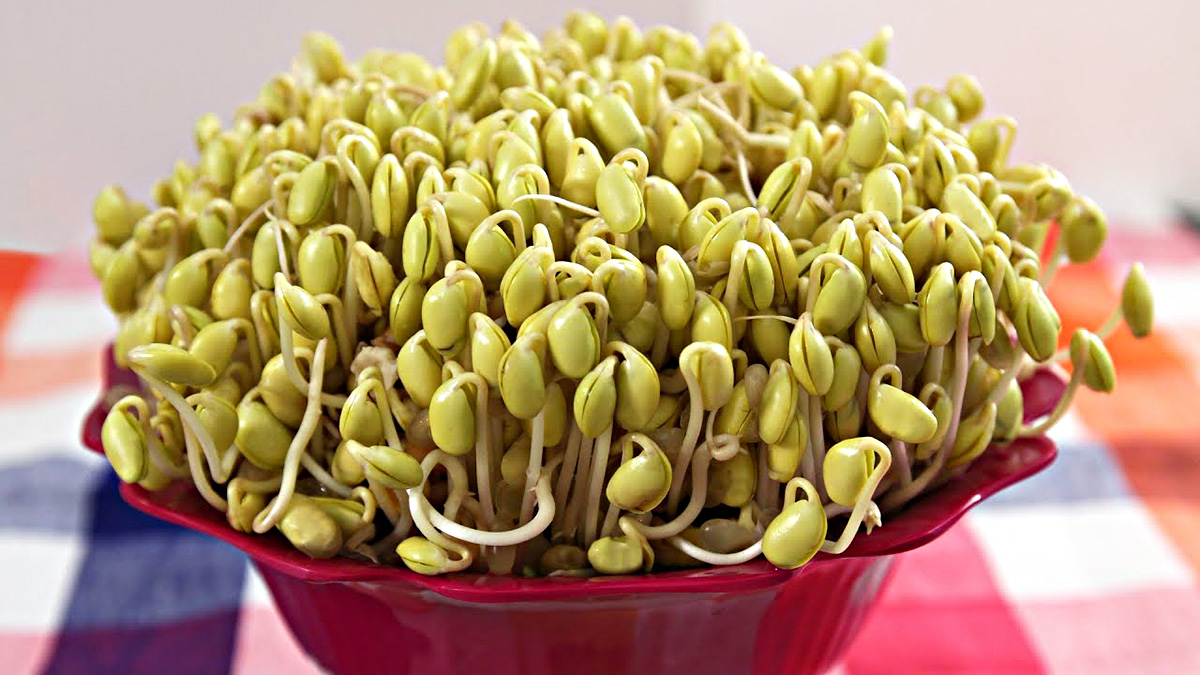
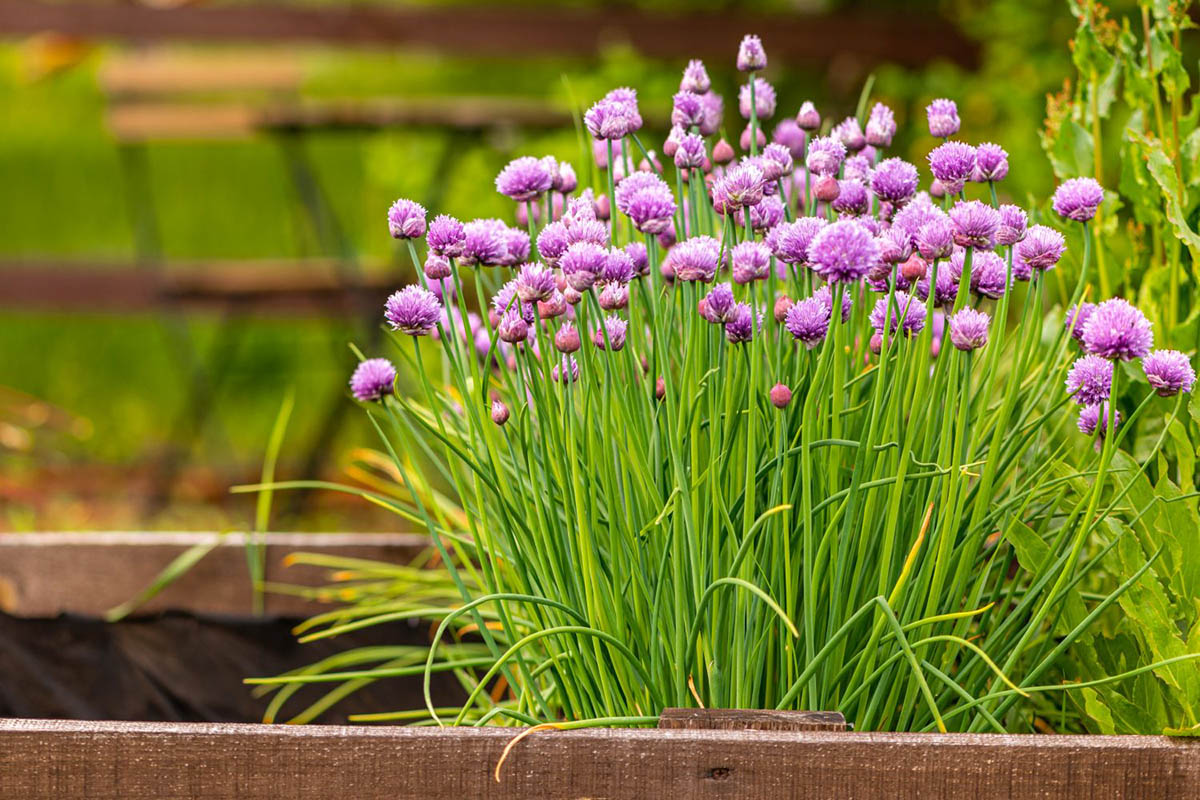
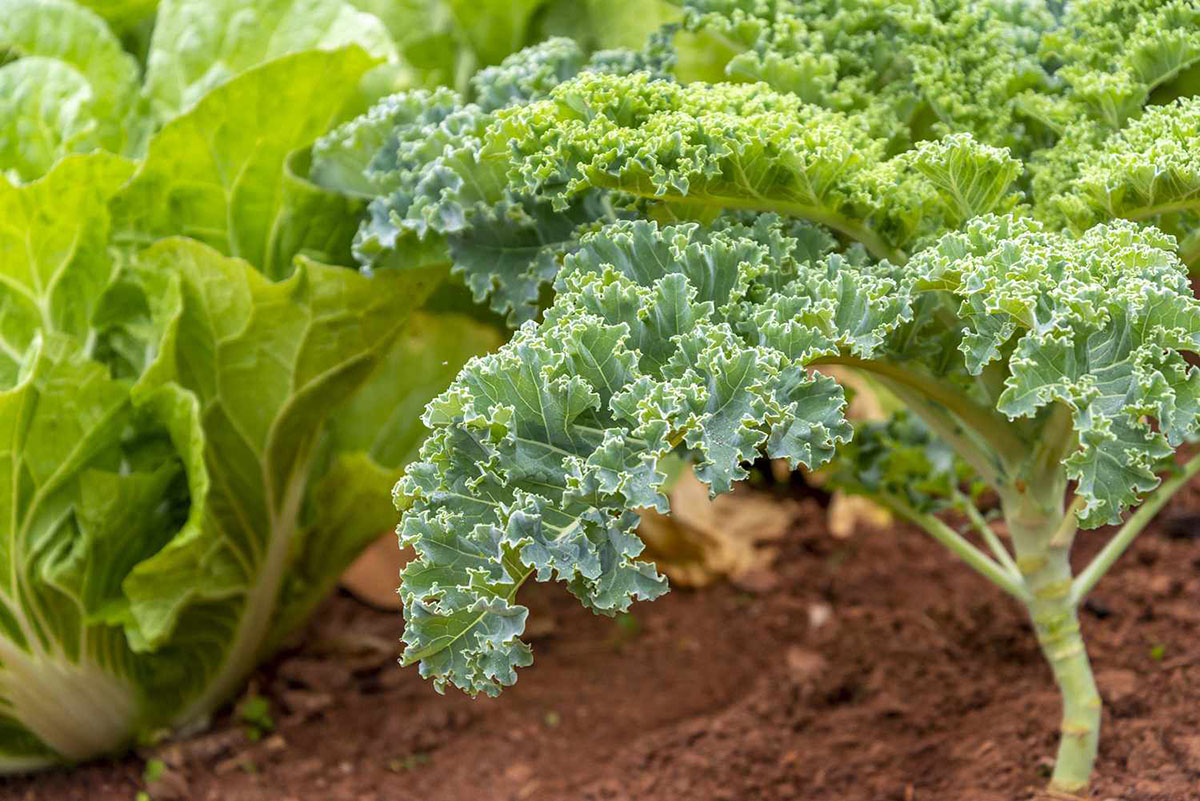
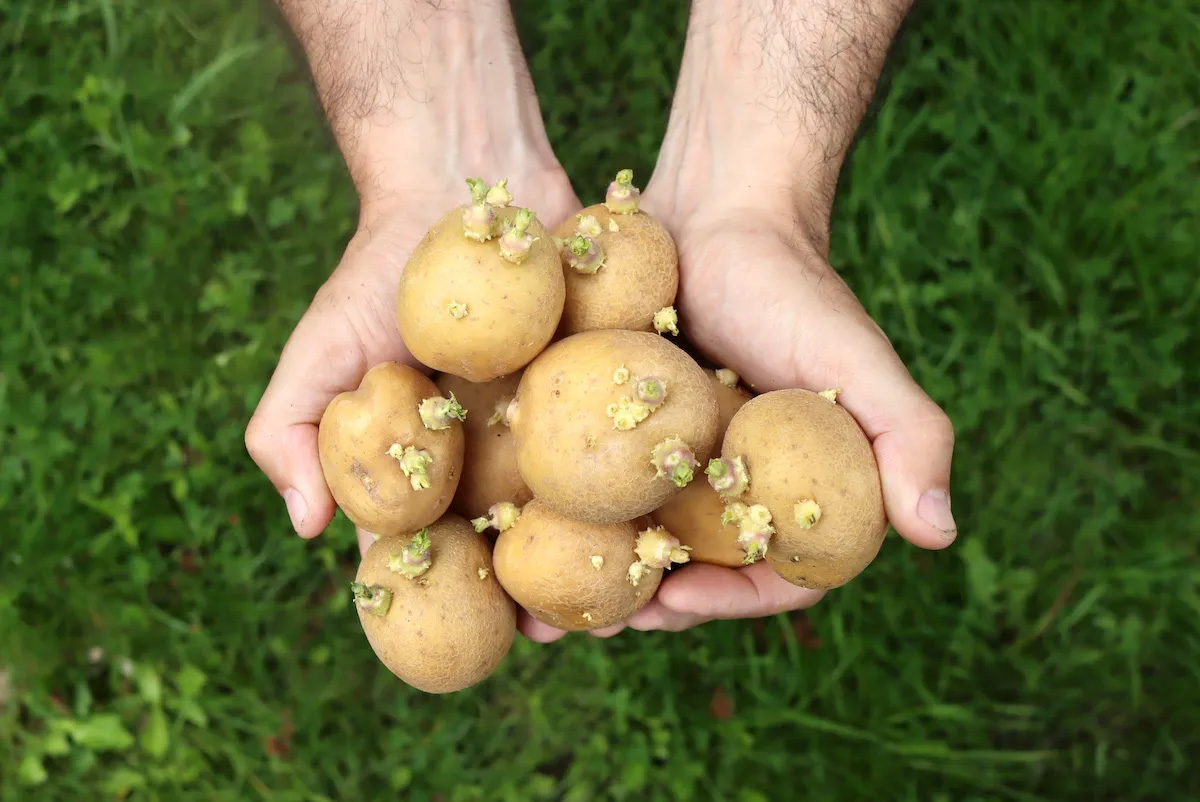
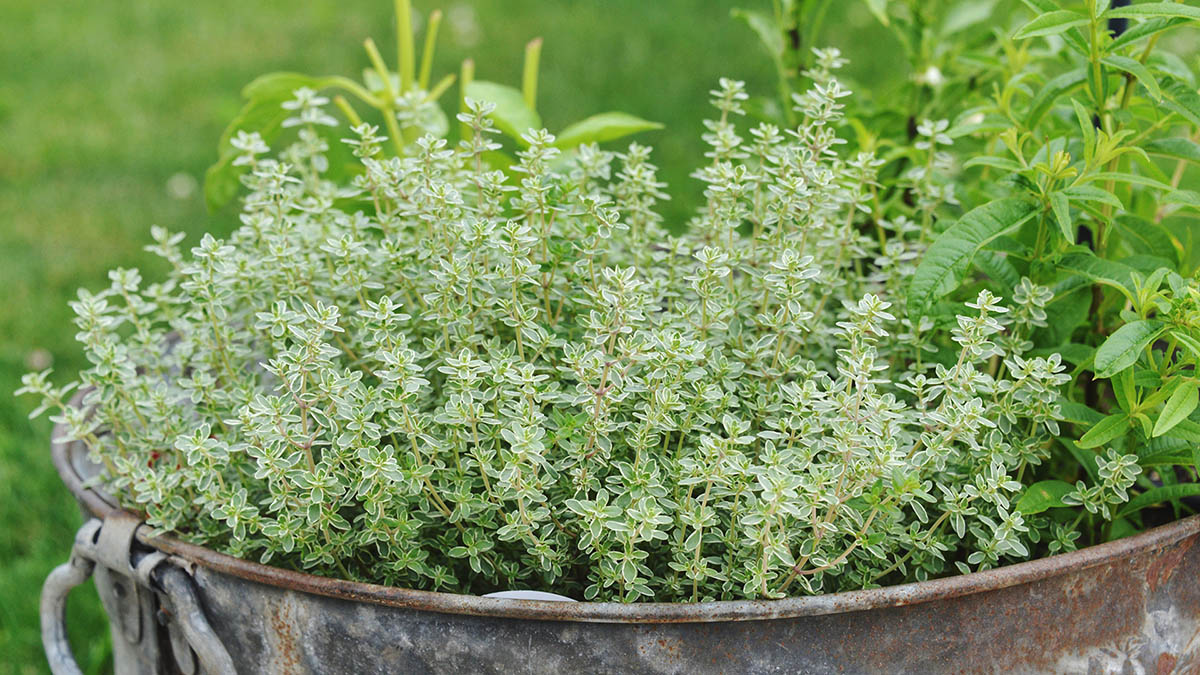
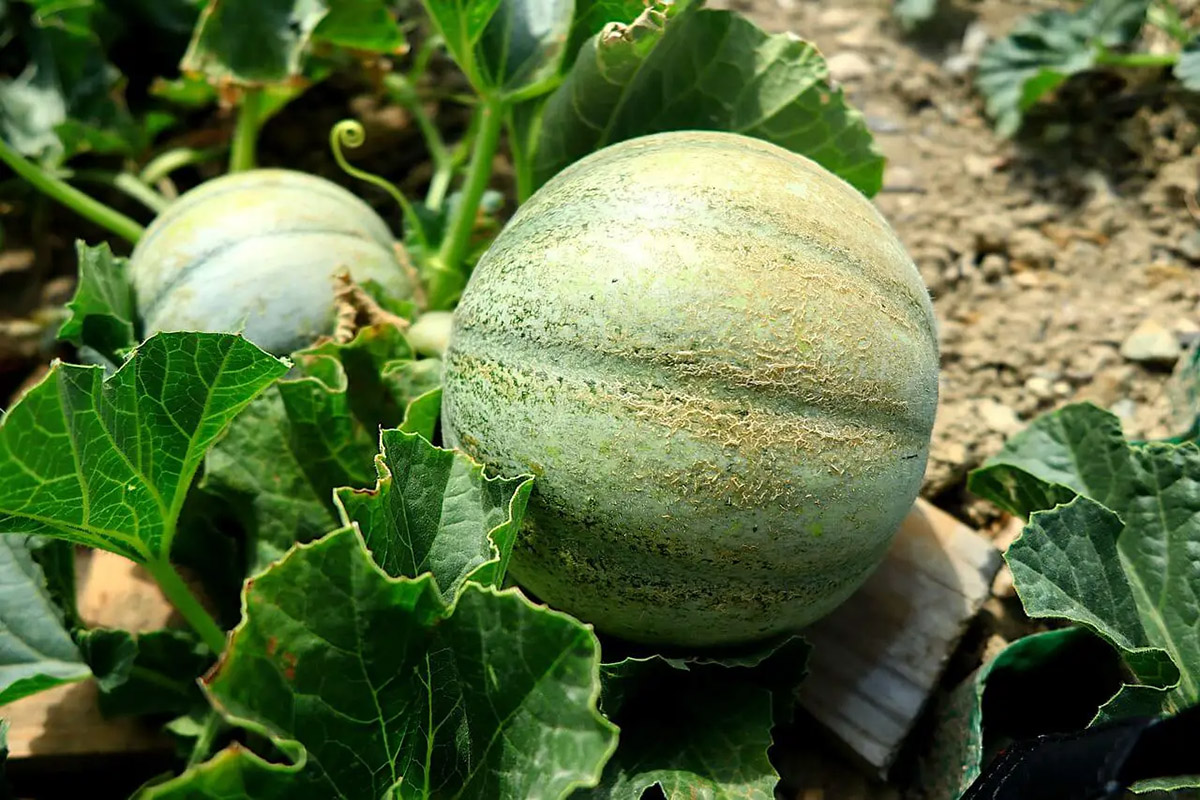
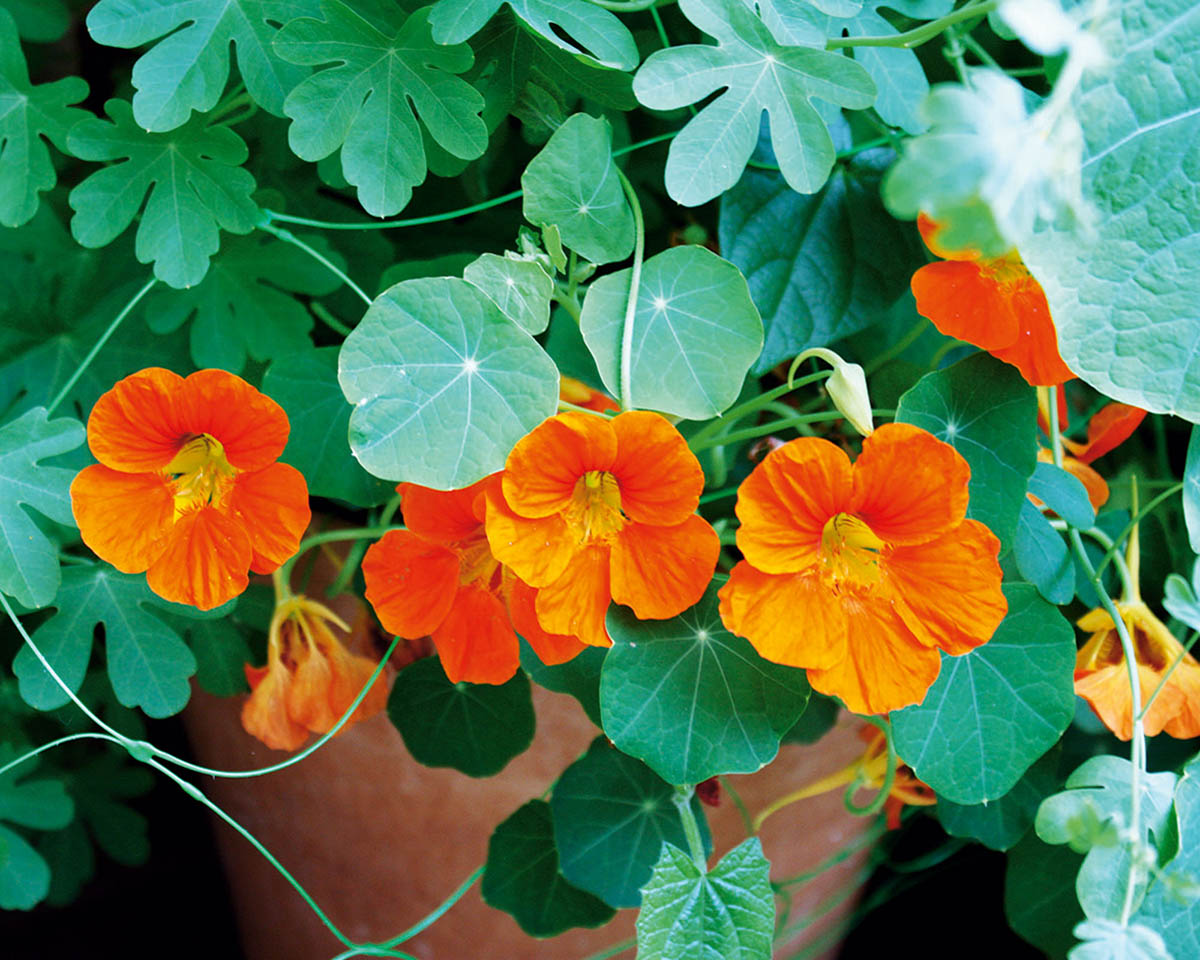
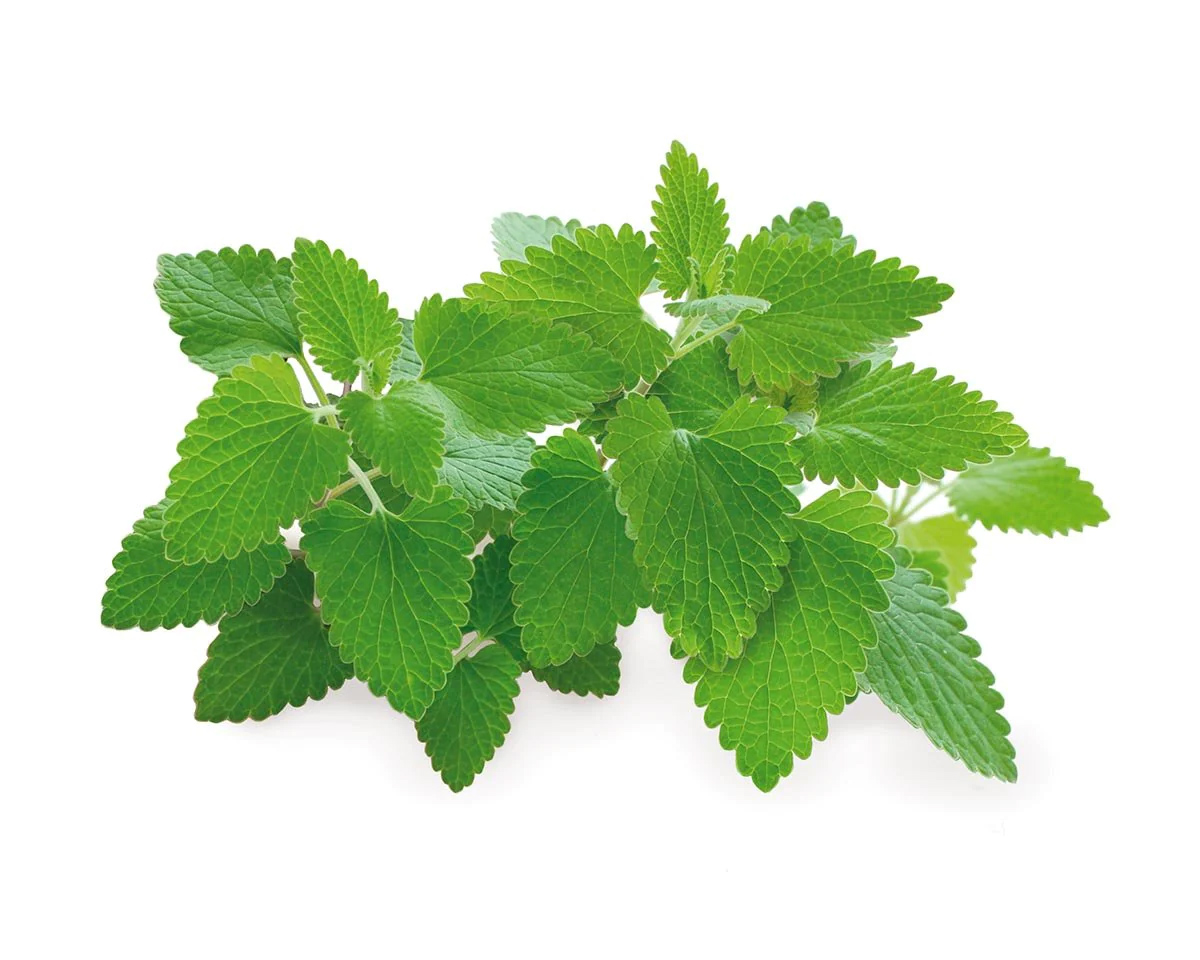

0 thoughts on “How Long Does A Maple Plant Take To Germinate”